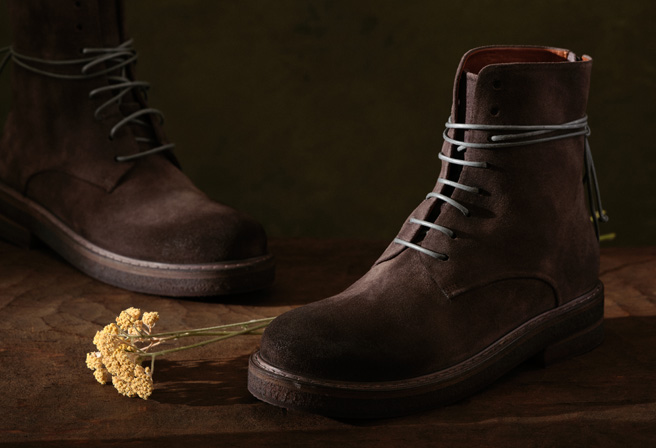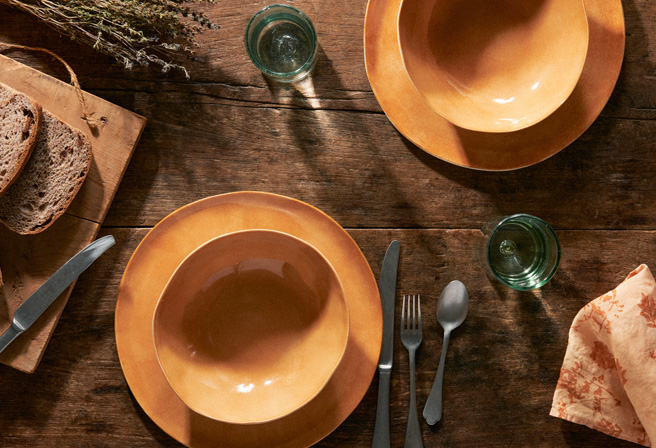A brief history of denim and our guide to the perennial textile’s varying weights.
Blue jeans, a textile inextricable from the American fashion industry, find their origins in Italy and France. The “jean” fabric, originally an indigo-coloured cotton-and-linen canvas fabric, was first used by the Genoese Navy in the 16th century. “Denim”, formerly a twill canvas woven from wool and silk, comes from the French city of Nîmes. In 1873, the American blue jean was born when Levi Strauss and Jacob Davis obtained a U.S. patent on the process of putting rivets in men’s work pants.
Raw denim, also known as dry denim, is denim in its purest form. Today, it is categorized by weight, and ounce per square yard is the standard measure.
Completely untreated, raw denim feels stiff at first but relaxes over time. Most jeans on the market today have undergone a pre-washing process, to soften the fabric, or are preshrunk to reduce shrinkage post-wear and wash.

Denim weight ranges from lightweight to heavyweight, with differentiation in between.
1. Lightweight Denim – Less Than 12 Oz.
Naturally, a lighter fabric makes for a lighter jean. Lighter fabrics break in more easily, are softer and therefore more comfortable to wear from the start.
Lightweight denim in the 9–10 oz. range is ideal for summer and vacation use, while denim enthusiasts describe 11–12 oz. jeans as the ideal year-round weight for almost everyone.
2. Mid-weight – Between 12 Oz. – 16 Oz.
While mid and heavyweight denim require more effort, they also offer a return on that time spent breaking them in. Denim that is slightly heavier will form to the wearer’s body over time, creating “whiskers”, fading and other love-marks that are unique to the wearer.
3. Heavyweight – Above 16 Oz.
Heavyweight jeans can run up to an astounding 32 ounces. Heavyweight jeans are significantly less wearable — some can stand up on their own! — than light and midweight jeans. Industrial workers and motorcyclists may prefer heavyweight denim for its strength and durability.






















